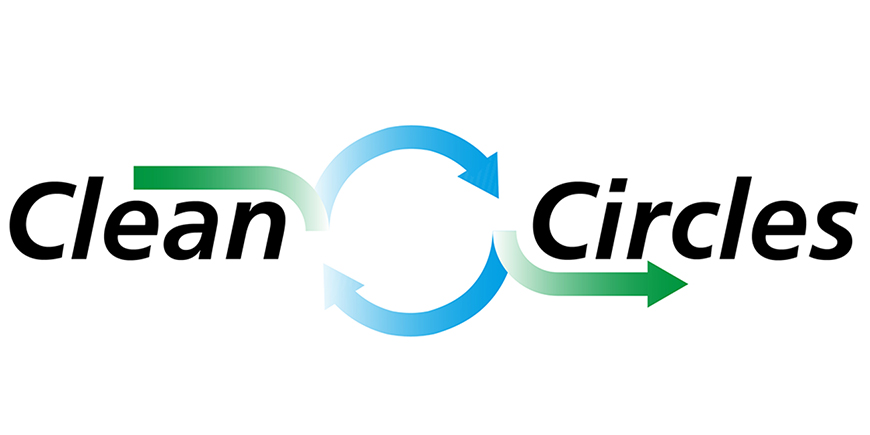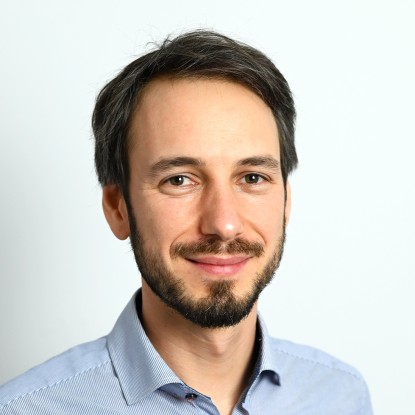Clean Circles Closes First Chapter – and Opens the Next
Four Years of Research at the End-of-Project Meeting in Karlsruhe
2025/06/13 by ms
At the final meeting of the Clean Circles research project, researchers gathered at the Karlsruhe Institute of Technology (KIT) to reflect on four years of collaborative work. The event featured presentations that not only reviewed past achievements but also looked ahead to upcoming projects and future challenges – with iron as a CO₂-free energy carrier at the center.
How do metals compare to hydrogen-based energy carriers? Can the oxidation of iron particles be reliably modeled? These and other questions were at the core of eight interdisciplinary presentations by the Clean Circles cluster project. The speakers shared insights into remarkable progress made over the past four years of research.
Clean Circles laid the foundation for an ecosystem focused on metals as energy carriers at TU Darmstadt, KIT, and with other partners.
Prof. Christian Hasse (Clean Circles, TUDa)
On April 2, 2025, invited guests gathered in the Senate Hall at KIT in Karlsruhe for the final meeting of Clean Circles – among them KIT Vice President Prof. Oliver Kraft, TU Darmstadt Vice President Prof. Matthias Oechsner, and numerous project partners. In their opening remarks, project coordinators Prof. Andreas Dreizler and Prof. Olaf Deutschmann emphasized the project’s holistic approach: spanning from scientific and technological fundamentals of redox reactions to techno-economic assessments and political frameworks.
Special thanks were extended to the funding providers. In addition to funding by the Hessian Ministry of Higher Education, Research, Art and Culture (HMWK), KIT, TU Darmstadt, the DLR Institute of Low-Carbon Industrial Processes, and Johannes Gutenberg University Mainz (JGU) contributed their own resources. Later in the project, the Max Planck Institute for Sustainable Materials (MPI SusMat) and Heidelberg University also joined as partners.
The holistic, interdisciplinary approach was a hallmark of the highly productive collaboration within Clean Circles
Prof. Andreas Dreizler (Clean Circles, TUDa)
After the eight research spotlights, spokesperson Prof. Christian Hasse gave a concluding overview, highlighting the fruitful collaboration, which led to more than 60 publications in scientific journals and numerous conference contributions. This, he noted, marked the starting point for an entire research ecosystem around metals as energy storage media.
On the applied research side, the consortium of the EU project Combustion of Rechargeable Metal Fuels in Fluidized Bed Boilers (CORAL) is now working on energy generation using iron-based fluidized bed reactors. Two additional projects aimed at transferring iron as an energy carrier into practical use are currently in preparation.
Open questions will continue to be addressed in follow-up fundamental research projects, including studies on the so-called wet cycle. The ERC Advanced Grant Aluminum-steam combustion for green energy (A-STEAM) investigates the co-production of hydrogen and high-temperature heat using aluminum as an energy carrier. Other aspects from Clean Circles are currently being pursued through several projects funded by the German Research Foundation (DFG). Prof. Olaf Deutschmann (KIT) emphasized the potential of the wet cycle, which could transform a metal powder storage system into a safe and compact source of hydrogen and heat.
Alongside our unique fundamental research, the focus of future projects will also include the transfer to practical application.
Dr.-Ing. Marius Schmidt (Clean Circles Managing Director)
Efficient and rapid implementation of metals as energy carriers and storage systems requires a fundamental understanding of the relevant processes – which is why the unique expertise developed through Clean Circles will continue to be used in future collaborative projects.








